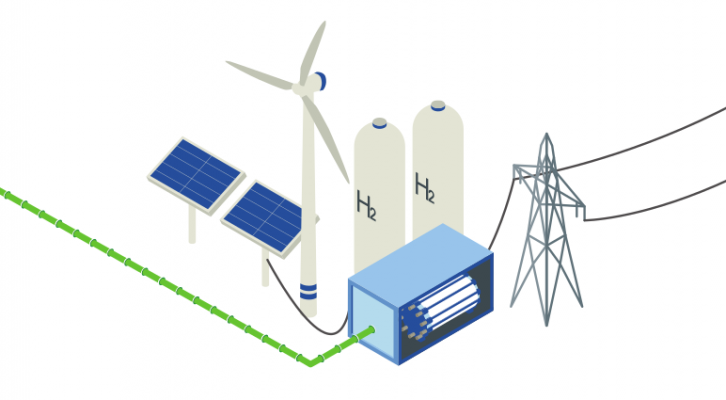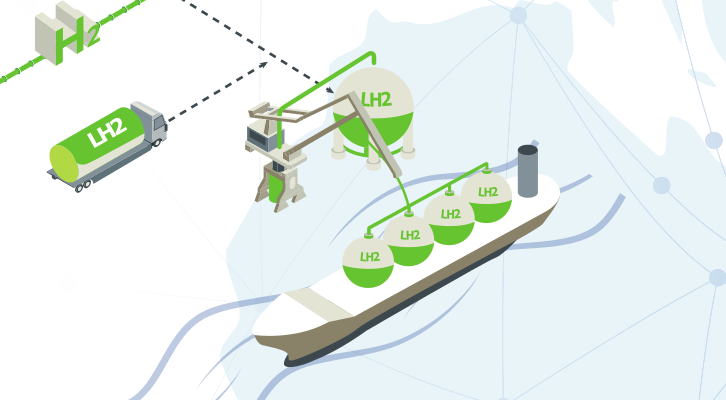Hydrogen Supply Networks‘ Evolution for Air Transport
Development of hydrogen supply networks for H2-powered aviation and its integration into renewable energy systems

Development of hydrogen supply networks for H2-powered aviation and its integration into renewable energy systems

In the context of the global energy system, the energy demand for air travel is of secondary importance. However, this does not apply to the immediate surrounding region of an airport. In a future sector-coupled energy system, an airport represents a significant energy consumer with a significant demand for renewable energy on a regional level.
In this subproject, both regional and transregional interactions of H2 supply from the energy system are considered using energy system analysis methods. It is the goal to generate meaningfull results on opportunities and challenges for the supply of H2 for aviation given the close connection of a broader energy system and aviation fuel supply.

The modeling of H2 supply chains considers the relevant components for H2 production, compression and liquefaction as well as transport and storage. Optimal supply networks are derived based on the H2 demands at the airports taking into account geographics and techno-economic aspects. For this purpose, mathematical optimization models are developed and applied on different geographical regions and time scales.

In the sub-goal “Network planning for H2 aviation” the influence of the LH2 supply for varying prices at different airports is investigated from an air traffic network perspective. With the help of mathematical optimization models market penetration of H2 aircraft are determined given the results of subject area one and two. Thus, the effect on airline networks and route planning for H2 aviation are defined.